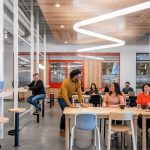Thanks to the internet, any place can now be a workspace—our homes, a coffee shop, the airport, a kids’ baseball game. Really, anywhere. We can even work a whole world away from the office and our cohorts. But there’s often a price that comes with this ability to integrate work with life 24/7.
While mobile technology offers connected convenience, it makes it harder for companies to ensure their people receive the support they need from their remote working environments. For employees, working off-site long-term can create feelings of alienation and loneliness. It also separates them from the company’s community and culture.
Bring ’Em Back In
Many businesses are calling for a return to the office—for at least part of their employees’ working time. However, plopping people down in the traditional workspaces we used just a few years ago won’t do. The ways we work have changed—and they are constantly changing. If spaces don’t serve the current needs of your employees and their new workstyles, asking them to report to an office just trades one problem for another. People won’t do their best work in spaces that don’t work for them. And sometimes, people won’t work at all—choosing to leave in favor of a more supportive, flexible environment.
The challenge for businesses, then, becomes multi-dimensional:
How do you evolve the office environment to 1) bring people together, 2) support them in their work, and 3) keep the flexibility they desire?
Offer Choice
Not everyone needs the same type of workspace. Preference sets are unique to individuals and groups. Work itself varies from task to task. Innovation requires a combination of focus and collaborative activities. It’s important to create varied spaces within the work environment, so people can choose which best accommodates their needs. This includes times when they need to take a break, shift focus away from work for a moment, rest, or recharge.
Here are 7 types of spaces your company can use to support the new ways people are working:
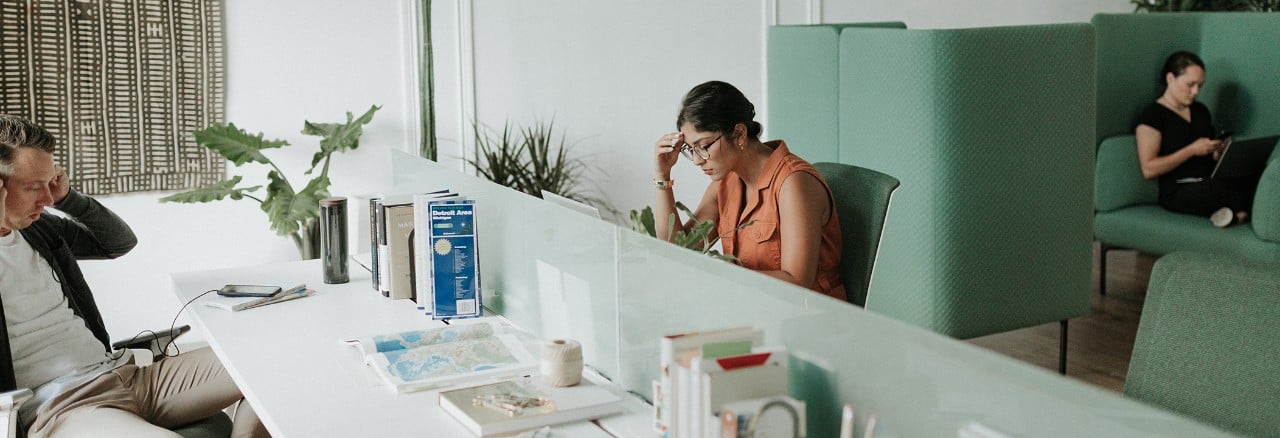
1. Gig/Coworking Spaces
Good for: Community and Innovation
For maximum flexibility and work/life integration, many members of today’s workforce choose to earn their income through freelance and contract work. This has led to the rise of coworking spaces, which offer an office environment for people doing a variety of unrelated work for different companies. These spaces create a community atmosphere and the human connection people crave. Coworkers meet people and form relationships they wouldn’t normally. This diverse and vast range of knowledge provides a rich source for expert opinions and insights, which can help in generating creative ideas and innovative solutions.
The benefits of coworking aren’t limited to gig work. You can reap the benefits of in-house coworking. To create an internal corporate coworking environment, encourage members of different teams to work side-by-side using assigned or unassigned workspaces that accommodate different functions. You can also facilitate mixing and mingling by adding social spaces and communal café or refreshment areas.
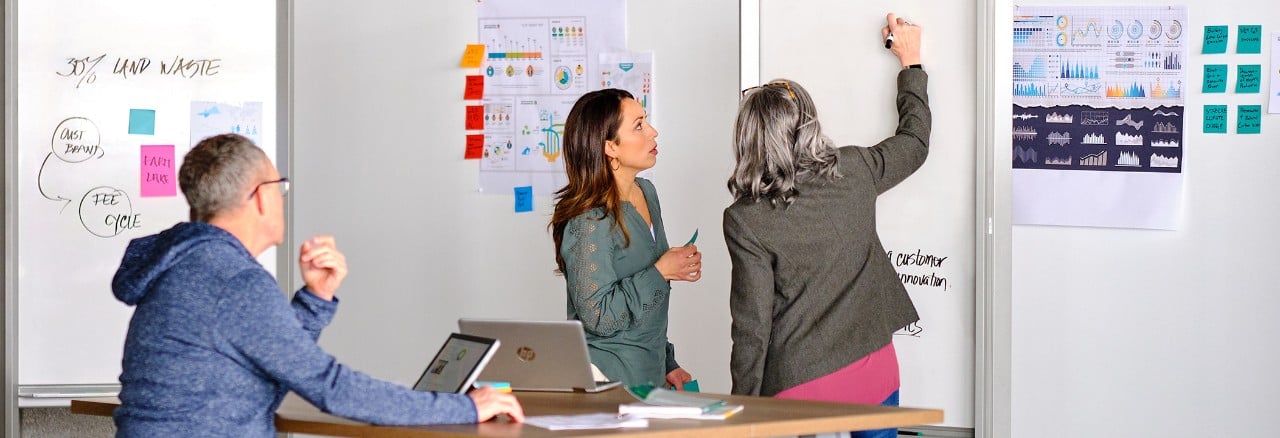
2. Activity-Based Spaces
Good for: Focused Tasks
People work on a variety of tasks throughout the day. Activity-based spaces are designed legibly around individual tasks to create efficiencies that more general workspaces may not. Think of it like a type of circuit training, where you move from station to station doing different targeted exercises using varied fitness equipment at each station. All the tools you need for a given activity are ready and waiting for you to work in each space. In the end, it makes for a better holistic outcome.
As some tasks require heavy focus, workstations for these activities would offer more individual privacy with moveable walls, panels, partitions, or booths. Group workspaces can be more open and include whiteboards, digital displays, and collaboration tools.
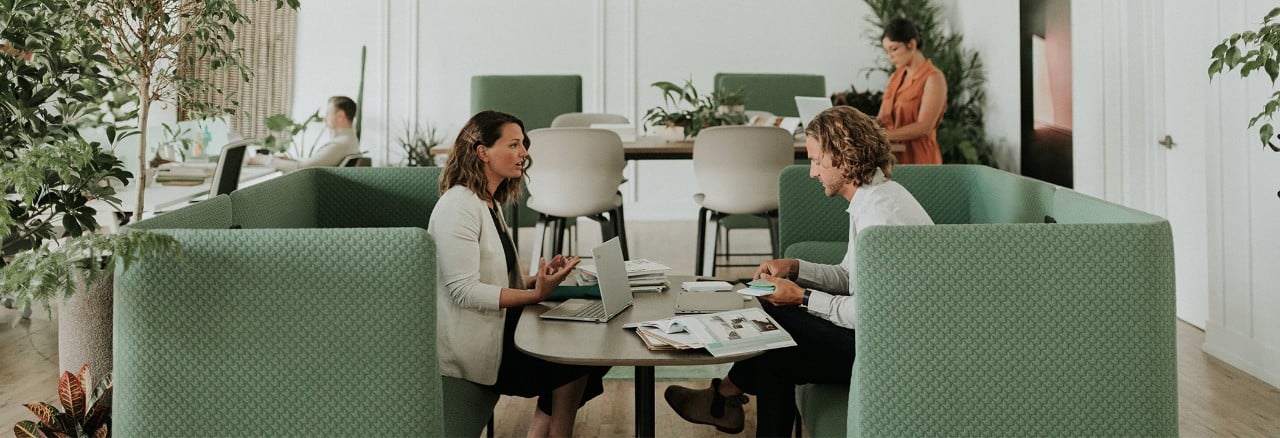
3. Multi-Use Spaces
Good for: Flexibility
Providing maximum flexibility and convenience of place, multi-use spaces support a variety of activities. On a large scale, entire communities are being developed within a single location. In fact, Gensler reported that communal environments that support a mix of interests—such as work, play, shopping, dining, and entertainment—are shaping our future. Some of these mixed-use communities even include living space.
Within the workplace, multi-use spaces can be executed on a smaller level. Flexible furniture, durable kit-of-parts workstations, and moveable walls allow for growth and changes in space needs. On a daily basis, elements like modular lounge pieces, lightweight tables, freestanding screens, wheeled carts, and portable display tools help people easily rearrange any space to meet their present needs.
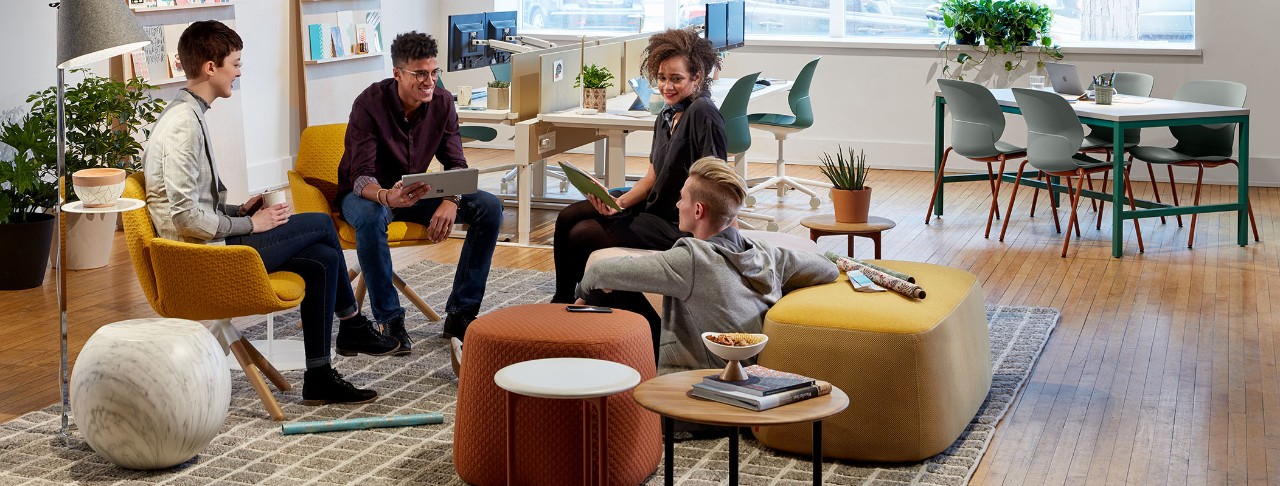
4. Social Spaces
Good for: Community, Connection, and Collaboration
Why is it that so many people like to work in coffee shops and cafés? Yes, they serve coffee and food, but that’s not the only reason people are drawn to these social spaces. Human beings have an inherent need to be a part of a community. When we’re not performing work that requires intense focus, we tend to enjoy activity around us, even when we’re alone. We like having the option to join in casual conversations, meet up with colleagues, or draw inspiration from a different locale.
Within office environments, social spaces empower people to choose destinations to work, gather, socialize, or just recharge. Create your own in-house café setting with lounge furniture and tables that double as worksurfaces. Or, bring in some comfy sofas and warm, residential décor to turn open spaces into collaboration points. Consider outdoor patios and terraces too. People love nature, and research has shown that just being outside offers a whole host of well-being benefits and promotes creativity.
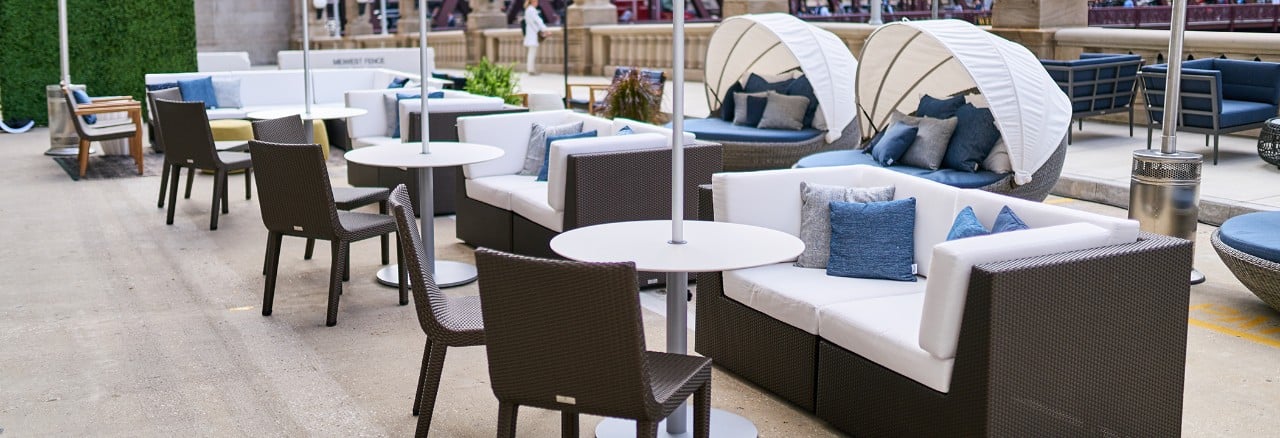
5. Well-Being Spaces
Good for: Overall Employee Well-Being
Once available as perks of select employers, well-being spaces are becoming increasingly mainstream. Businesses now understand the importance of a happy, healthy workforce and creating a culture of well-being. Companies are adding new cafeterias (or revamping old ones) to offer healthier food and snack choices, as well as various types of casual and lounge seating. On-site fitness centers offer state-of-the art equipment, locker rooms, showers, and more, while outdoor walking/biking/running trails and sports courts make exercise convenient and fun. And mothers’ rooms provide nursing moms with clean, comfortable, dedicated spaces that help them balance their career and family passions.
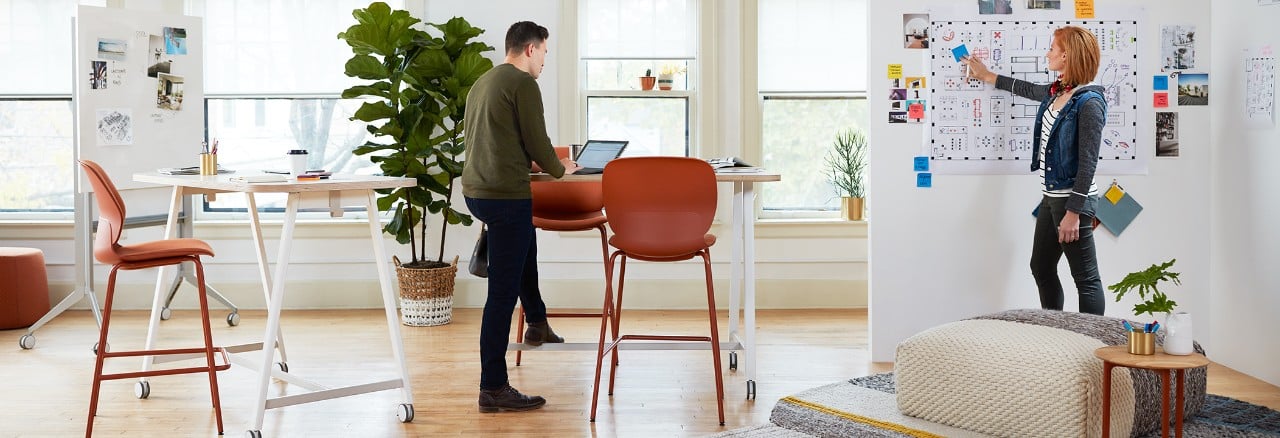
6. Mobile/Agile Spaces
Good for: Small Spaces and Employee Agility
Let’s face it, this is the digital age. People will continue to work on the go, at least part of the time. Make it easy for people to touch down and plug in wherever they want or need to work. Create unassigned workstations in semi-private carrels or minimalistic spine-based workspaces with power and data connectivity. Add a few phone booth spaces with controlled acoustics to offer spots for privacy and focus work. You can also score bonus points with employees by adding height-adjustable tables to agile spaces or deploying wi-fi in an outdoor space.
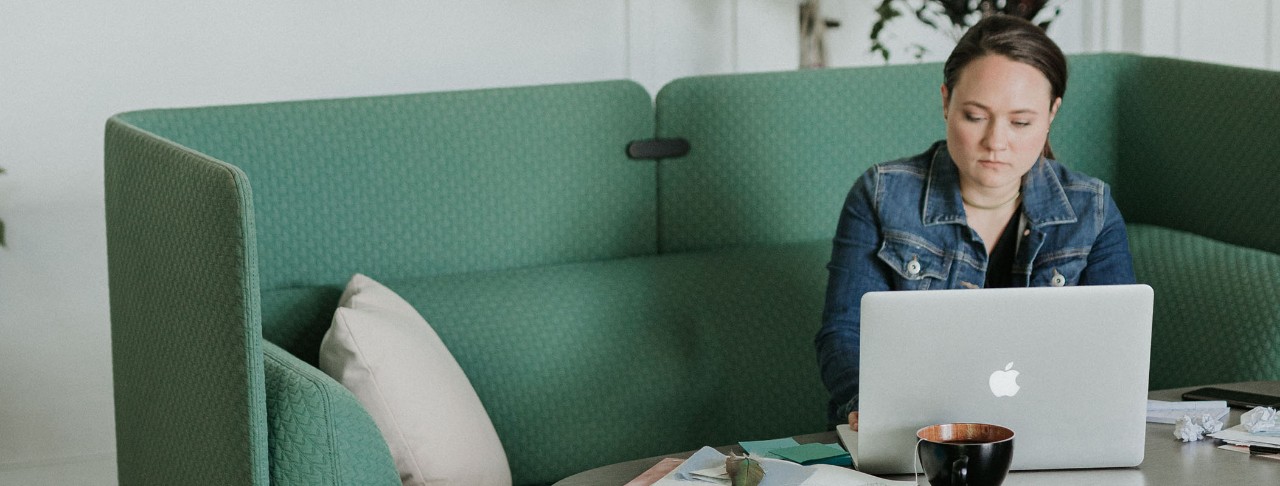
7. Virtual Spaces
Good for: Multi-Site Collaboration and Connection
What if having everyone in one office at the same time is simply not feasible for your business? Maybe you have a buyer in Malaysia this week or a customer service representative without a car for the day. Or, maybe your office is simply challenged by small square footage as your business grows. There are still going to be times when your best people are working on the other side of the globe, or just the other side of town. This is where staying connected is vital for communication, collaboration, and creating a sense of belonging.
For situations when remote connection is needed, you can create virtual communities and workspace destinations. Choose from any number of online platforms, such as Skype, Slack, and Bitrix24, for team and group real-time interaction through instant messaging, file sharing, and/or video. For remote collaboration, there’s Bluescape, a digital tool that enables people to securely share presentations, ideas, and even brainstorm together on a near-infinite visual canvas.
Workplace design is in a constant state of flux. The work we do and the ways we do it will always be evolving. The most important thing to remember is simply to keep your eyes and ears open. Seek out new trends in workstyles and spaces, solicit ongoing feedback from your employees to determine what they need from you and their environment, and be flexible and ready to change.




